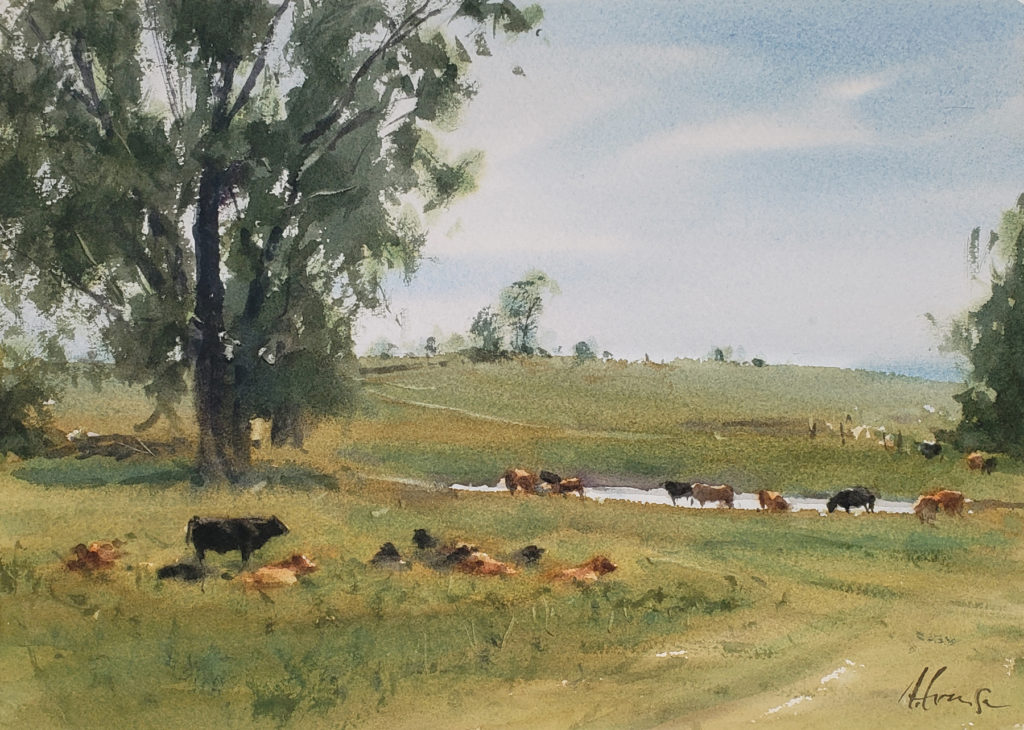Q&A with Into Nature Judy Andy Evansen
Watercolor artist Andy Evansen judged the 2021 Into Nature: International Online Plein Air Exhibition. He curated this juried art show along with artists Marc Hanson and Judy Palermo.

What path did you take to become an artist?
I’ve drawn pretty much my whole life, and went to the University of Minnesota for commercial illustration courses. I then got hired at a medical illustration studio in Minneapolis, and did that for 25 years or so. When Photoshop became the main way of creating illustrations I decided to start painting, mostly for the fun of it, but eventually I entered some local shows and started winning awards. That sent me on my way, as I then began teaching and entering national shows, etc. It takes a good amount of time to develop a style and gain attention but the path I took worked well for me.
Can you talk about your background as a medical illustrator, and how it’s influenced your current work as a watercolor artist?
I think my medical illustration career influenced my work as a watercolor artist in that it’s such a detail oriented approach. Once I began painting, I really felt the urge to simplify and be a bit more expressive. If I had gone right into painting after school I may have leaned toward a more illustrative, tight style as I’d been doing ‘accurate’ drawings my whole life. Funny how things work out.
How would you describe your watercolor style, and what do you do to achieve this look?
I like to describe my style as “loose realism,” in that I tend to stay fairly close to reality when depicting a subject (I don’t stylize forms or change colors, etc.) but I do want it to look like a painting, not a photograph. The key to a looser style, I think, is allowing for lost edges between shapes and having some areas of mystery where things aren’t completely defined. This forces the viewer to ‘fill in the blanks’ using their own imagination. It’s important to focus on large shapes and not rely on details to make things look convincing.
What is it about plein air painting that you’re drawn to?
Plein air painting forces you to rely on all your skills in ways that aren’t necessary in the studio. I need to focus, edit, simplify, and state things rapidly before the scene changes drastically. It’s a much more visceral painting experience than the studio. There is no allowance for the nit-picking that can come when you’re working from a photograph, comfortable in the knowledge that you have all the time you need. And as I tell my students, even if the painting doesn’t work out, I’ve learned a lot more about my subject by standing in front of it for a couple hours, noticing things I never would have had I simply snapped a photo. That emotional response is hard to duplicate.
How has your relationship with nature been influenced by working en plein air?
I grew up with a farm across the street and a field and forest behind the house, and that’s where I spent 90 percent of my childhood playing. As much as I enjoy visiting beautiful famous cities around the world, to this day I have a tough time imagining myself living in the heart of a city somewhere. There’s something that got ingrained in me early on that makes me appreciate wind blowing through the fields, the smell of grass and the sound of birds and cows. I’m a country mouse. And when it comes to painting en plein air, all those distractions I mentioned feel magnified when working in an urban setting, save for the bugs. Nature has always been a spiritual place for me and trying to capture its incredible beauty in paint has only heightened my love and appreciation for it.
Can you talk more about this idea of capturing scenes others typically pass by? What is it about these hidden scenes that you’re drawn to?
Maybe it’s my impatience with clichés and formulas but I get really tired of seeing the same paintings over and over, especially in these days of Instagram. I mean, I thought artists were supposed to be original! It’s pretty obvious when scrolling through which artists are painting for clicks and likes, and which ones are pushing themselves and searching for meaning. I understand the difficulty of doing your own thing when you see so many others having success following the herd, but at some point it’s important to find and paint what speaks to you. That begins by becoming more in tune with your surroundings. Too many people paint like tourists; they gravitate toward the most obvious and beautiful spots. I want to paint like a native who knows where all the hidden gems are.
As an Into Nature judge, can you describe what you’re hoping for from this exhibition, and what you hope others take away from it?
With all that being said, my hope as an Into Nature judge is that I see a lot of personal, unique and challenging works that still connect with viewers in a universal way. I’m excited to see what all these talented artists submit!
